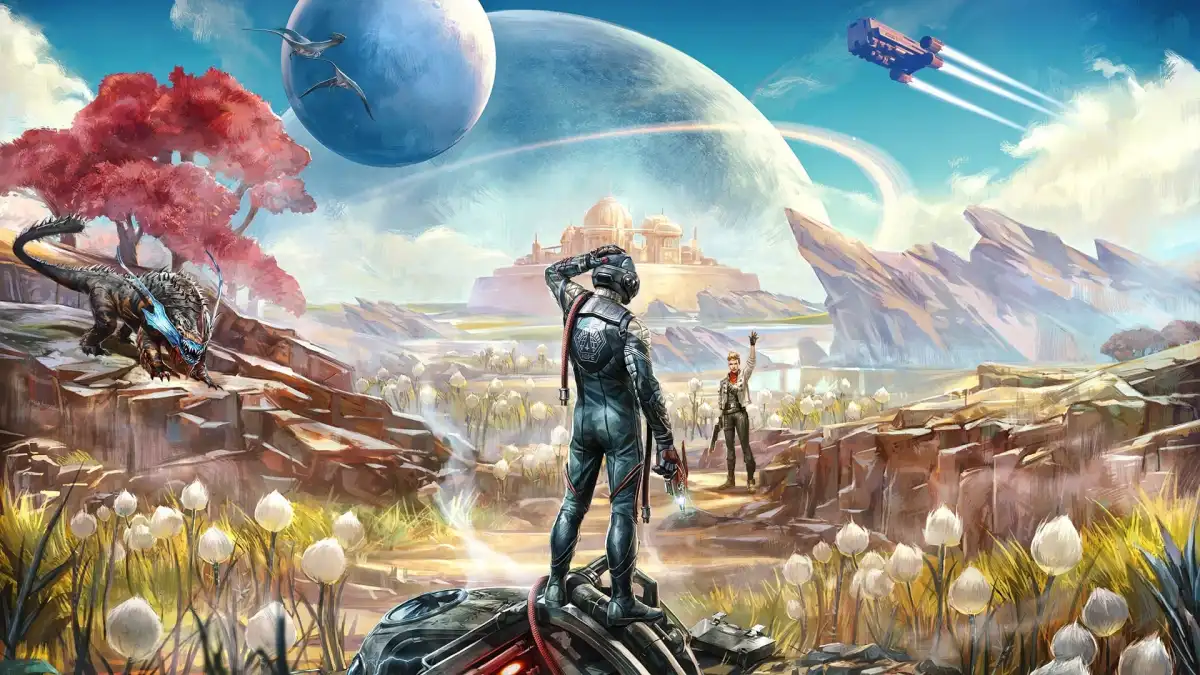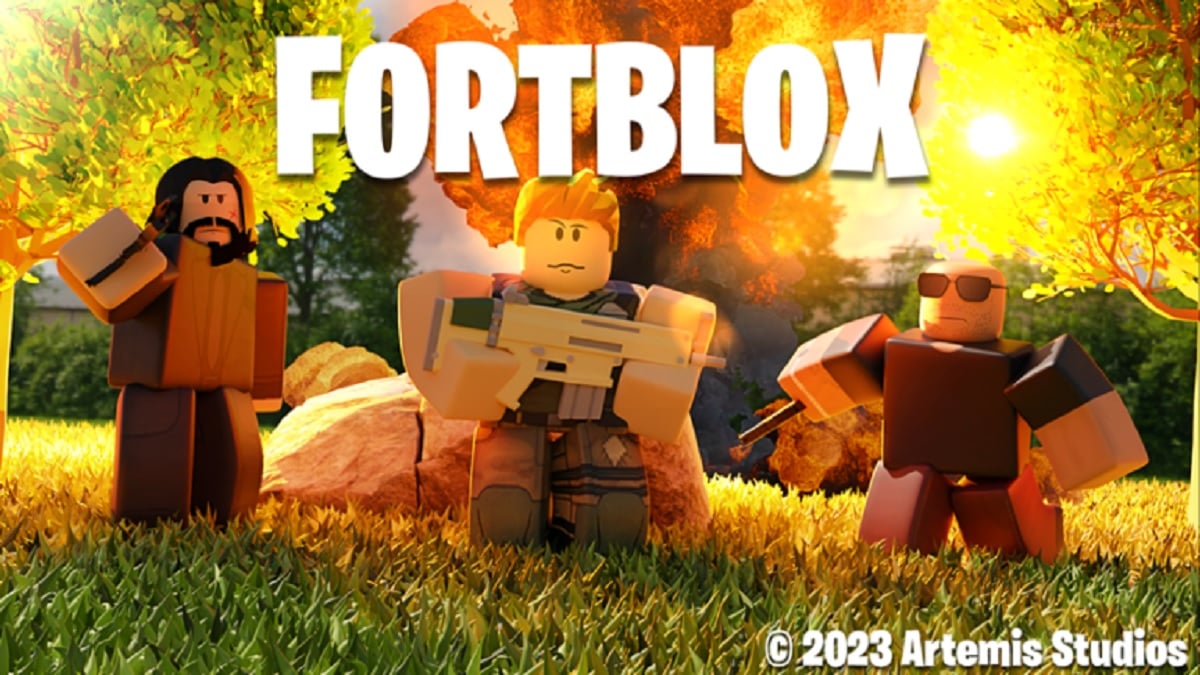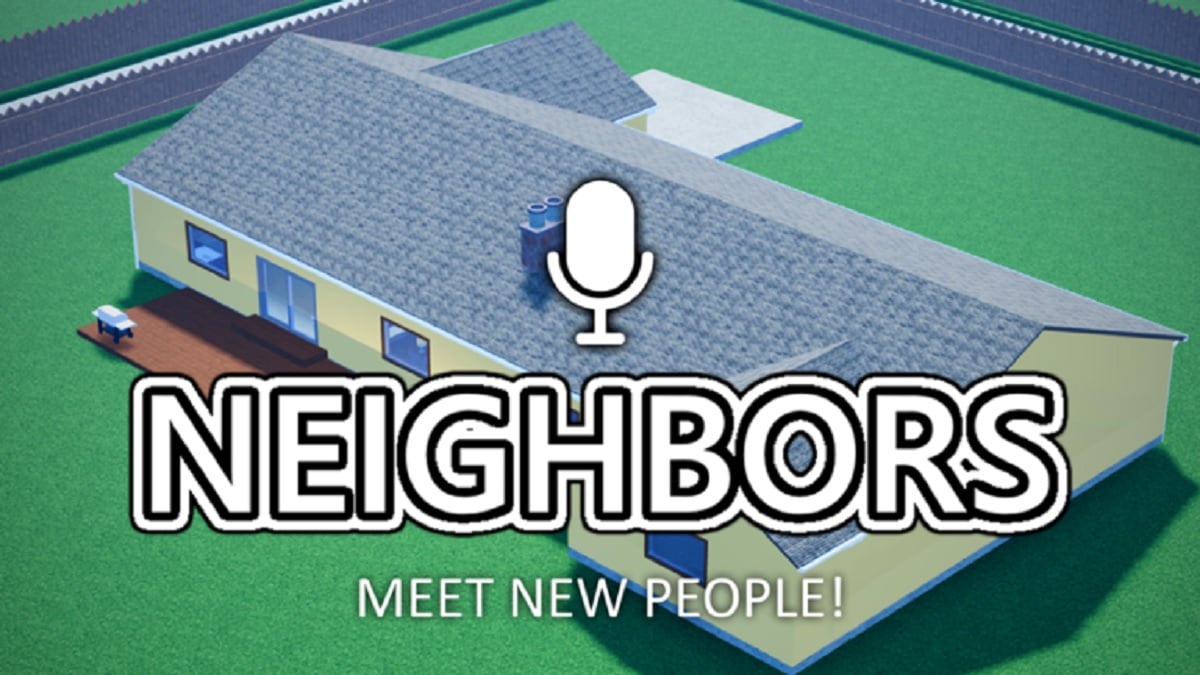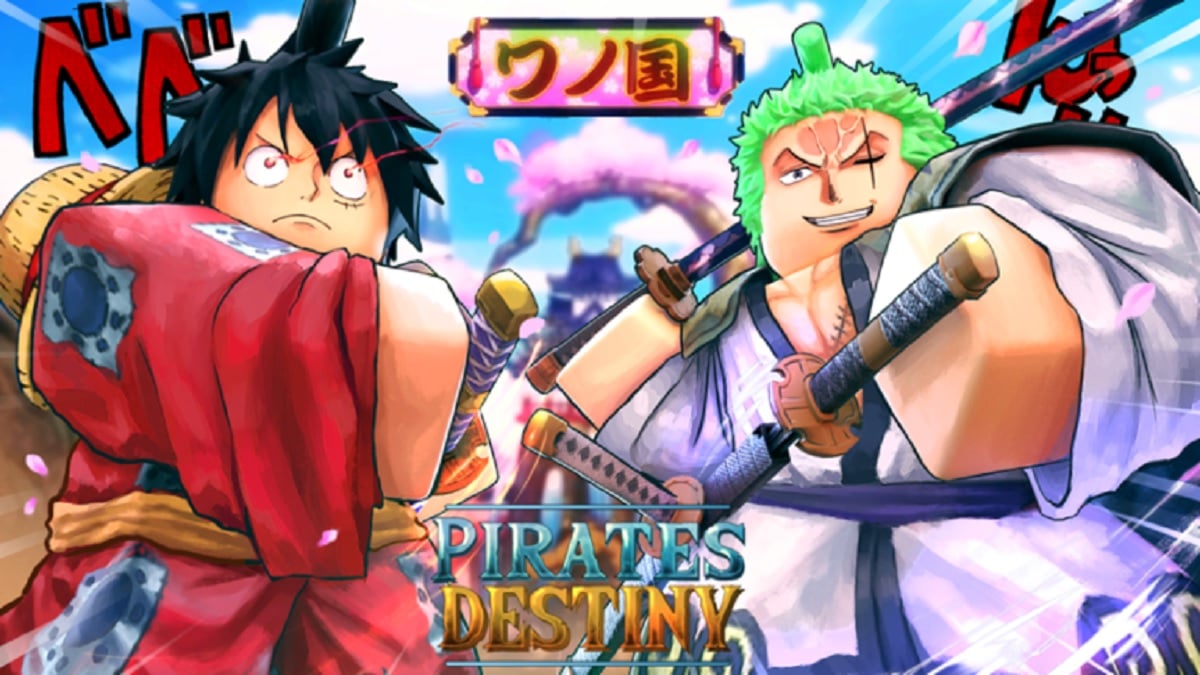The Outer Worlds on PlayStation 4
Have you ever had a job you’re working seep into every aspect of your life? It starts affecting how you sleep, how you act in social situations, and generally just how you live. The Outer Worlds takes that idea to the umpteenth degree, dropping you into the corporate nightmare of the Halcyon colony. The Outer Worlds is a game that sports its own unique flavor, even while its core tenets emulate that of the Fallout series. Just go in with tempered expectations.
The Outer Worlds is a game entirely about player choice, even more so than something like Fallout. You play as one of the passengers of the colony ship, the Hope, revived from cryosleep by a scientist named Phineas Welles.
With this setup you’re abruptly thrust into the Halcyon colony, a place owned and operated by mega-corporations, with The Board being the ultimate governmental organization.
Before you get there, though, you’ll spend a bit of time customizing your own character. There’s a fairly diverse character creator, although not the most intense I’ve ever seen. However, the real depth comes from customizing your skillset.
Skills are vitally important in The Outer Worlds, and they function likes stats while also unlocking unique effects. You have a number of trees that group multiple skills underneath them. For example, the Ranged skill tree groups handguns, long guns, and heavy weapons.
Each time you level up you get ten skill point, which you can put into these trees. Until you reach level 50 you level up every skill under the tree, but after that you’ll do each one independently.
There’s a huge array of skills to put points in, coupled with a perk system that lets you unlock even more bonuses, like higher max health or more carrying weight. There’s no “correct” way to build your character, as The Outer Worlds encourages you to play however you want.
One of the more interesting design choices is the Flaws system, letting you unlock more perks for a price. As you play sometimes a Flaw prompt will appear onscreen if you find yourself taking a lot of damage.
These Flaws are specific and will apply permanent stat reductions to your character in exchange for a perk point. For example, if you take a lot of shock damage, you might get a flaw that lowers your resistance to shock damage.
It’s entirely your choice if you accept them, but with a level cap of 30 you can’t unlock every perk, and Flaws can help you get valuable bonuses.
Dialogue will often have skill checks that you can use, but it’s not just limited to things like Persuasion or Lie skills. If you have a high medical skill you might be able to use that, while a high melee skill might let you intimidate someone. If push comes to shove, you can just blast your way through everything too.
The Outer Worlds constantly provides options, not content to limit you to one way of doing things.

This level of choice then carries over to the game’s story and narrative. As you make your way through the Halcyon Colony, your ultimate goal is to wake up the rest of the colonists on board the Hope. However, that goal can change depending on what you choose.
There are major choices to make that can align you with different groups, and there are smaller choices to make, like which character to give medicine to in order to cure a plague.
There are a ton of quests to undertake, and your journal does a handy job of organizing things and showing you the priority of them. You have main quests, side quests, tasks, faction quests, and companion quests.
While main quests obviously affect things the most, surprisingly, side quests more often than not tie into the overall narrative, and can drastically affect your ending and how things play out at the end.
In my playthrough, I took the “good guy” route and ended up helping everyone I could. This resulted in multiple groups assisting me when I stormed a massive prison, whereas they wouldn’t be there if I hadn’t completed the necessary sidequests.
That idea of a corporate-run universe seeps into every aspect of the game, with company-branded vending machines everywhere, and NPCs being required to say their company slogan, like “It’s not the best choice, it’s Spacer’s Choice.”
The Outer Worlds is a genuinely funny game, and it plays its corporate dystopia well. The tone isn’t entirely comedic, though, so don’t think of it as something like Borderlands, but rather more like Fallout New Vegas: comedic with bits of seriousness mixed in.

After beating the game I played through roughly halfway again, this time going an entirely “bad guy” route to see how different it could be. The answer is quite a bit different.
Choosing a different side of the conflict in Halcyon opened up entirely new plotlines and quests that I’d never seen before, even letting me visit one of the game’s areas much earlier.
Companions are the other major aspect of The Outer Worlds, but much like everything else, they’re entirely optional. You can play the entire game solo if you want to, but companions are easily one of the highlights.
There are six companions in total, and each one has their own companion quest to see through. With the exception of one robotic companion, each quest provides some fantastic character development and feels super unique.
In one you help your companion ask her crush to be her girlfriend, in another you help a Vicar discover the meaning of life. These quests can then affect their demeanor, and how they interact with you during story moments. Depending on the choices you make, it is also possible to have a companion turn on you.
Of course, companions are also major factors of the game’s combat system, helping you take on enemies. With that, lets’ dive into how The Outer Worlds plays.
This is where the most obvious Fallout inspirations come into play, and The Outer Worlds gameplay is definitely familiar to Obsidian’s previous work on New Vegas.
The game is played entirely in first person, and there’s a healthy mix between combat and exploration. In combat you equip four different guns/weapons, and can quickly swap between them by pressing triangle or holding the button down to open a selection wheel.

Shooting feels remarkably good in the Outer Worlds, a massive step up from something like Fallout New Vegas. Of course, it isn’t quite as tight as something like Call of Duty, but it plays well nonetheless.
Still, for players that might be on the more RPG side of things you have something called Tactical Time Dilation. This ability is mapped to R1 and lets you slow time down to a crawl, letting you aim and shoot faster than your enemies.
You’re still in full control during TTD, however, so it’s not quite the same as something like VATS. Additionally, you have companion abilities mapped to the D-pad that, when used, plays out a quick scene and a special attack.
Since The Outer Worlds is a systems-heavy RPG there’s a lot of complexity that gets layered into combat on top of all this. You have different types of damage like Plasma and Shock, dialogue abilities that can inflict things like terror on enemies, and a number of weapon modifications that can enhance your weapons.
One aspect I really like is the healing system, which used an Inhaler mapped to L1. While the Inhaler will give you health restoration, in the menu you can slot a number of consumables in, adding other effects to the inhaler.
Instead of going into the menu and using each consumable, you can slot things in and have a variety of bonuses granted by using your inhaler. It’s a super neat idea that’s very useful in an action-RPG like this.
On the other side of things, scavenging and exploration is another vital aspect of gameplay. The world is simply littered with items, consumables, armor, and more.
Sometimes you’ll need your lockpicking skill to open a crate, or your hacking skill to get into a terminal. Notes can provide little bits of story context, and terminals, in particular, hold a lot of information.
While this all probably sounds like Fallout, the big difference is that The Outer Worlds doesn’t take place in a massive open world. Instead, you’re exploring a number of “open areas” that are more contained.
It’s not a seamless world, but this choice does make the game’s world feel like a number of separate planets and lets each environment shine with its own unique design.
Now, let’s get to some of my issues with The Outer Worlds, which deals with the world and gameplay design. Everything in the game works and often works well, but in some cases, I just wish there was more variation.

The Outer Worlds isn’t nearly as long as something like Fallout, with my playthrough taking roughly 35 hours, completing most side content.
The problem, however, is that there simply isn’t enough variation to enemy design and weapons. Across those hours you’ll fight guys with guns, robots, and the same group of animal-like enemies.
Combat plays well, but shooting the same enemies over and over gets old. By the same token, you’re simply using upgraded versions of the same weapons.
There are exceptions to weapons, particularly the hilarious science weapons like the Shrink Ray or Mind Control Ray, but outside of those special weapons, it all feels too similar.
Both enemy design and weapon variation aren’t terrible, but after 30 hours in I found myself wishing things were more diverse.
Enemy AI also has some issues occasionally. For the most part it’s fine, but there are times that enemies would simply stand there while I shot a nearby ally of theirs, or simply stood there still doing their task.
Outside of the AI I, luckily, didn’t run into too many bugs otherwise, and the game runs fantastically. Not once did I experience a frame rate drop, and everything looks incredibly crisp and clean.
There’s also quite a bit of going back and forth you need to do with quests, and I wish there was a faster way to get around. You can fast travel to your ship, but then you have to travel to a different planet then exist your ship and wait for another loading screen. It would have been nice to have an option that just lets you fast travel between planets.
I seriously love the aesthetic of The Outer Worlds, with its rustic take on futuristic tech, blazing neon signs lathered with corporate logos, and inhospitable alien worlds.

Lighting is used to fantastic effect, with dappled sunlight shining in on the alien trees and mass-produced houses. Obsidian has done a remarkable job with the visuals, and even facial animations look fluid.
Perhaps the most important thing people need to understand about the game is that this isn’t some massive hundred-hour RPG, like Fallout or The Witcher.
It’s a much more focused game that puts a huge emphasis on choice and creating variation through that. For my part, I really enjoyed a smaller-scale RPG that took me through a weird new universe.
I’ve used the Fallout reference a lot here, but it really is applicable. It’s clear that Obsidian was inspired by their work on New Vegas, and wanted to continue that in a new experience.
While I have certain issues with the variety in the game’s design, its story and narrative were consistently engrossing. I’d be remiss to not say I was hoping the Outer Worlds might be more than it is, but I still really enjoyed what’s there.
As a more compact Fallout-like experience The Outer Worlds really works, and I’m already hoping that we’ll get to return to the Halcyon Colony again someday.
Score: 4/5 – Great
Pros
- Interesting world to explore, with planets that each feel unique.
- A wide array of choices that encourage you to play however you want, and can drastically change the experience.
- Great companions that each have their own quirks, and interact with you throughout the story.
Cons
- Lack of variety in enemy and weapon types.
- Occasionally dull enemy AI that doesn’t respond well.
- A bit of back and forth that can take a while with loads.
If you’re looking for a unique new shooter-RPG then yes, The Outer Worlds while not terribly long, has a lot to offer.
The Outer Worlds is developed by Obsidian Entertainment, makers of Fallout New Vegas, Pillars of Eternity, and South Park: Stick of Truth.
The Outer Worlds releases on October 25 for PlayStation 4, Xbox One, and PC. A Nintendo Switch version is coming at a later date.
For more information on how we review games, check out Twinfinite’s review policy here.






Published: Oct 22, 2019 09:00 am